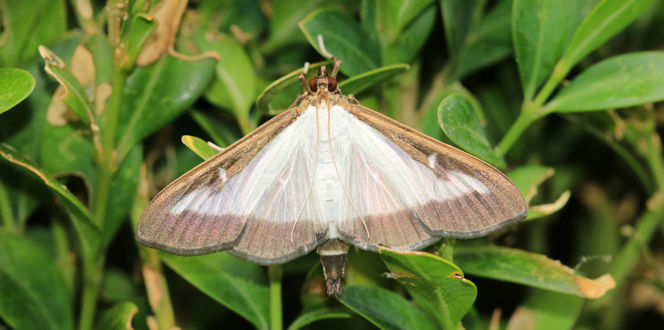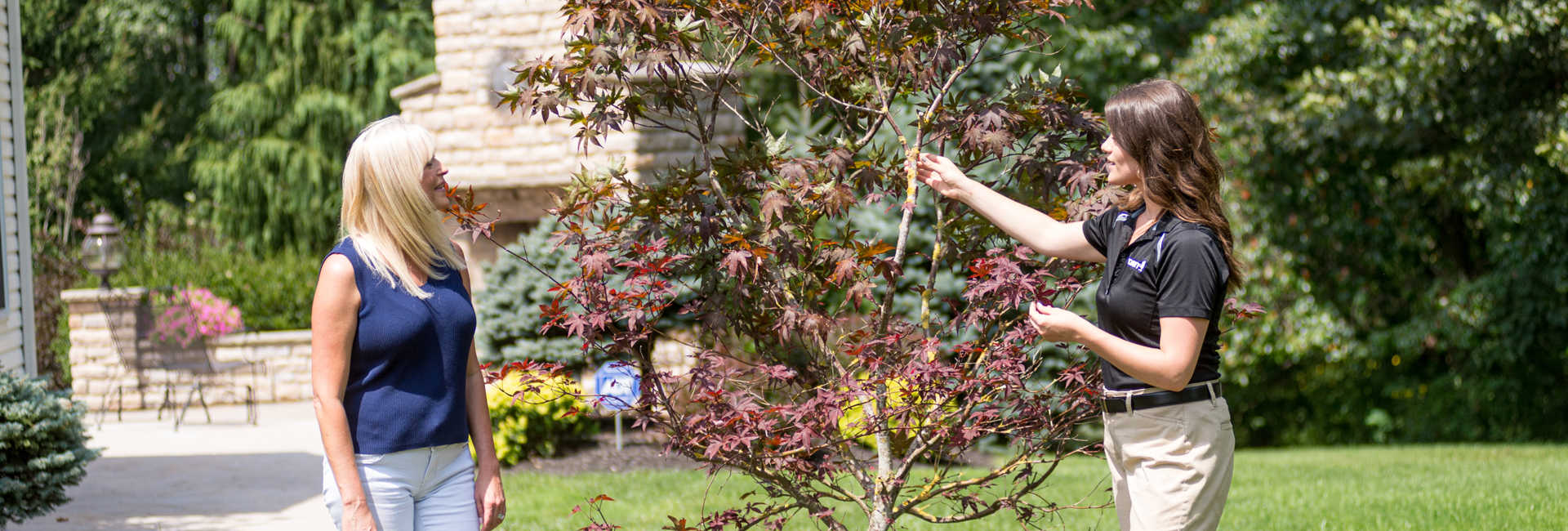Ficus Gall Wasp Description:
The ficus gall wasp is a small insect that feeds on the Indian laurel fig, causing deformed foliage and swelling. Although the infestations are asthetically undesirable, the overall health of the tree appears to be unthreatened for survival unless the tree experiences massive defoliation.
Hosts:
The gall wasp only infests the Indian laurel fig, Ficus microcarpa.
Biology & Symptoms:
Diagnosis of the presence of this pest is determined by the spherical swellings or blistering that develop on the lower and upper foliage of the Indian laurel fig. Galls range from about 1/4 to 2/3 inch in diameter. Aside from the adult, all life stages occur only within the host tissue. Adults are 1/10 inch long, dark brown wasps with pale brown or orange antennae and legs with clear wings. The legless larvae that feed in the galls also grow to about 1/10 inch long.
Ficus gall wasps develop through four life stages: egg, larva, pupa and adult. The adult female lays eggs in the foliage tissue of Indian laurel fig. Emerging larvae feed and grow inside the leaf tissue, causing swelling. When adults emerge after pupation, they leave tiny holes in galls on the underside of leaves. The larvae feed inside young foliage, creating leaf expansion and spherical swellings. Infested leaves may curl, turn yellow and drop early. Due to young leaves being more susceptible to galling, damage can be the most prominent on the new growth stimulated by recent pruning, such as on frequently pruned topiary plants that are Indian laurel fig.
Management:
No action for control is essential to protect plant health and for survival. Planting other ficus species will assist in keeping away from this injury. Alternative species options include: creeping fig (F. pumila), Moreton Bay fig (F. macrophylla) and rubber plant (F. elastica).
Localized wasp populations can be minimized by pruning, bagging and disposing of infested leaves. However, excessive pruning can stimulate excessive succulent new growth that attracts the egg-laying female wasps. Raking and disposing of fallen leaf debris may help reduce subsequent infestations if done quickly. This removes some pupae before the wasps emerge as adults.
For situations where injury is unbearable, applying a systemic insecticide can aid in reducing future injury. For more information, contact your local arborist.





